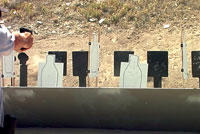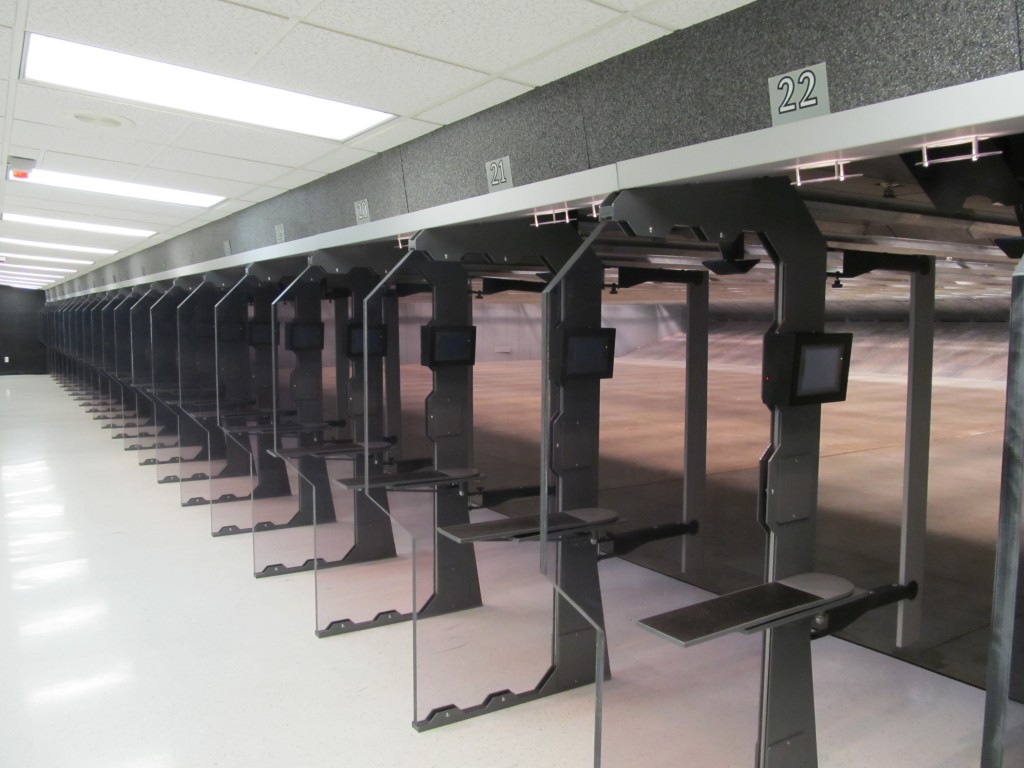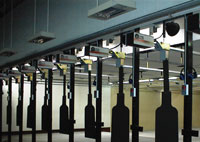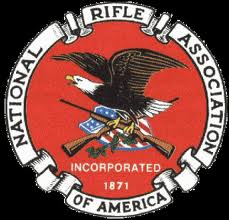In the process of building a shooting range, perhaps the most intimidating part is getting it approved by your local government. Even after you’ve done all the work, raised all the money, and planned everything out, the final say still comes down to a handful of elected officials. Don’t let that make you feel powerless, though. Even if the ultimate decision is in someone else’s hands, there are still things you can do to increase your chances of success.
1) Talk to the Right People
Your local government officials need to know as soon as possible that you’re planning to build a shooting range. They’ll appreciate it if you inform them early and often of your intentions, and that communication can open doors for you later on. You’ll have a much better chance of getting your range approved if you’ve established a relationship with local leaders from the beginning.
Early communication will also help you figure out zoning issues. In most cases, land has to be zoned as either commercial or industrial for a shooting range to be built on it. Find out first thing if the land you’re looking at is zoned appropriately. Zoning requirements for building a shooting range vary depending on where you live, and some places may not even have specific guidelines for ranges. Your local officials will have the most accurate information and can help you understand the requirements. Should you discover that the land you plan to build on is not zoned appropriately for a shooting range, ask the planning and zoning committee if it can be re-zoned. Often, city governments are willing to work with local businesses on zoning issues to keep potential commerce from going elsewhere.
2) Educate Yourself
 The more you know about what’s required to get your range approved, the better. Become familiar with local noise and firearms regulations as well as environmental restrictions that will apply to your shooting range. How will you handle noise abatement? How will you dispose of lead? How will you keep customers and employees safe? All of these issues will come up when presenting to the city council. If you already know what their concerns are by asking questions and doing research, you can adequately prepare to answer them.
The more you know about what’s required to get your range approved, the better. Become familiar with local noise and firearms regulations as well as environmental restrictions that will apply to your shooting range. How will you handle noise abatement? How will you dispose of lead? How will you keep customers and employees safe? All of these issues will come up when presenting to the city council. If you already know what their concerns are by asking questions and doing research, you can adequately prepare to answer them.
Once you know what standards you’re shooting range will be required to meet, talk to an Action Target territory manager to find out what options are available. Action Target specializes in building state-of-the-art shooting ranges and offers several technologies to meet the stringent requirements of government regulations. For example, Action Target’s Total Containment Trap (TCT) is the most environmentally-friendly bullet trap in the industry and makes lead containment safe and easy. With the addition of a Screw Conveyor System (SCS), all bullets and range debris are safely collected and deposited into a sealed barrel for convenient disposal. Action Target also provides sound-abating safety baffles, acoustically-rated wall systems that reduce reverberation by 98%, bullet-proof transparent lane dividers, and ventilation systems that filter air and protect customers from lead exposure. No matter what regulation your shooting range is under, chances are Action Target has a patented technology to meet it.
3) Prepare to Present
Once you’ve talked to your local government officials and learned everything you need to know about regulations and restrictions, all that’s left to do is present your plan to the city council. For those inexperienced in public speaking, this may be the scariest part of the whole process. To make the experience smoother, ask a city council member in advance what information they want from you, write down a list of questions they may ask you, and prepare all of your answers ahead of time so you don’t forget in the heat of the moment.
If you feel like you need additional backup, Action Target representatives are more than willing to attend the city council meeting with you no matter where you live. That way you can have a shooting range expert standing next to you to answer any questions about the technology and safety features of your future range.
The sales team at Action Target is willing to do whatever it can to make the approval process as seamless and successful as possible for you. If you have any questions or concerns about getting your shooting range approved, call Action Target at (801) 377-8033 and ask to speak with your area representative.
And be sure to check out our Build Your Range tool by clicking here.
Please note, the tips included in this message have been found to be helpful for many clients throughout the years, but may not apply in all situations. Please use judgment in determining which tips will be helpful in your particular situation.
This article was originally published in the Action Target Journal on June 14, 2012.








 Because
Because  First off, it must be remembered that the range exists as the profit center to the business. Secondly, a decision needs to be made in regards to the operations of the range. In regard to the commercial value of a range, there are typically two lines of thought in the industry: one is to combine the range with the store, and the second is to not.
First off, it must be remembered that the range exists as the profit center to the business. Secondly, a decision needs to be made in regards to the operations of the range. In regard to the commercial value of a range, there are typically two lines of thought in the industry: one is to combine the range with the store, and the second is to not.